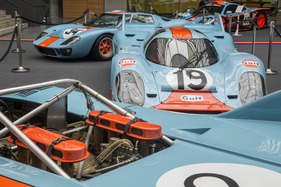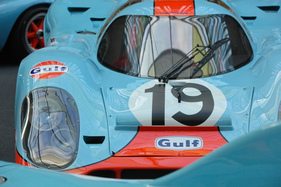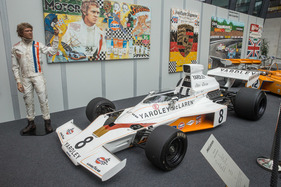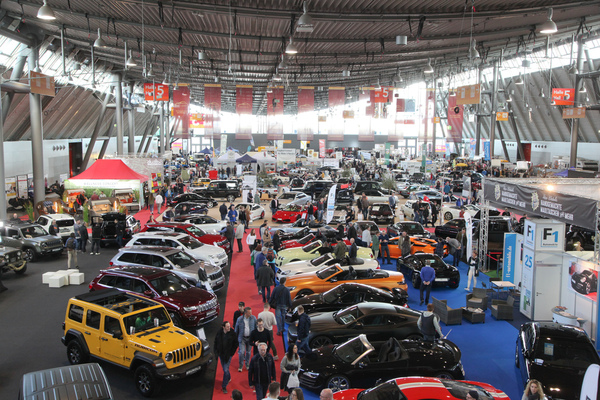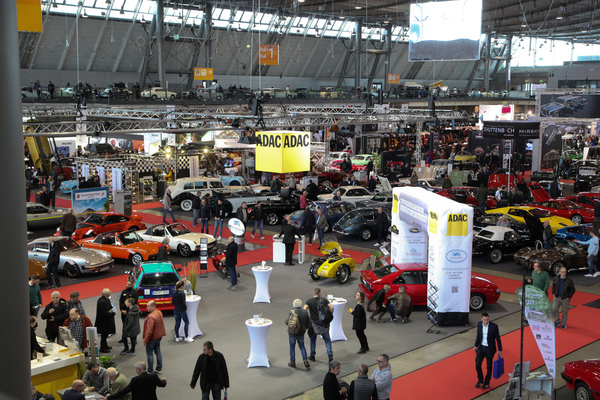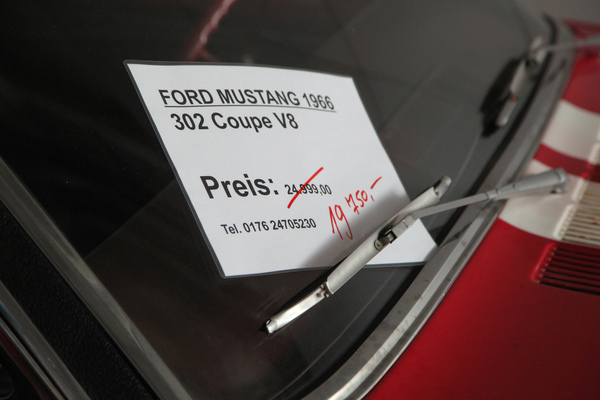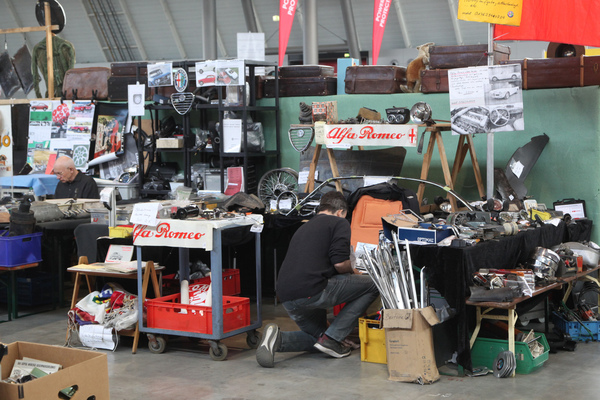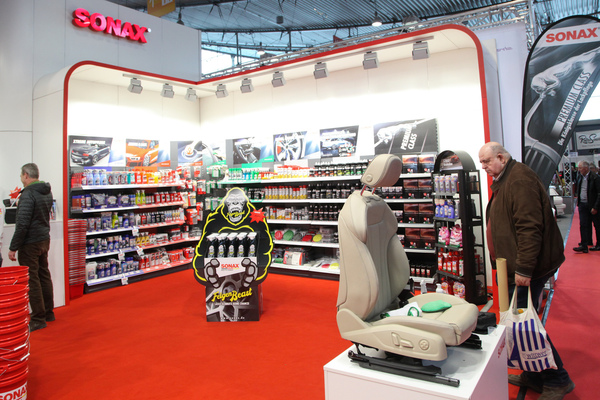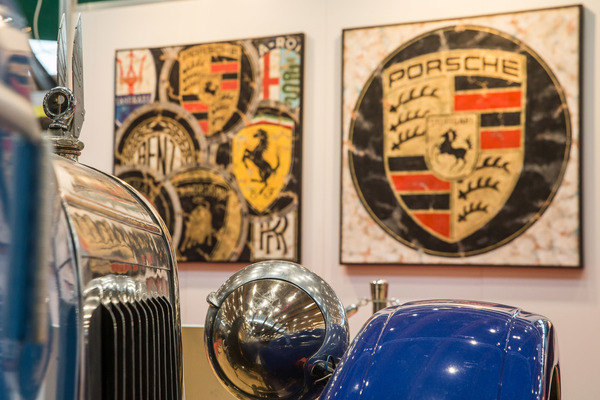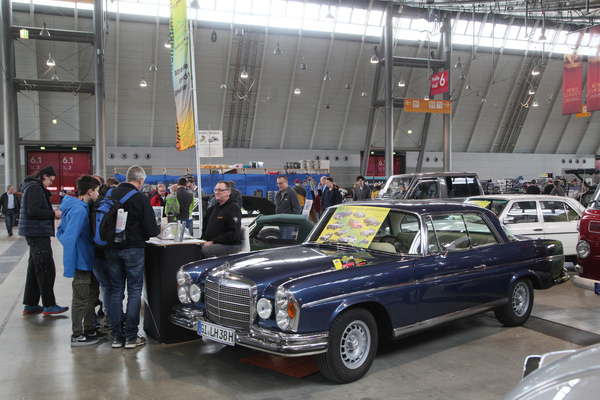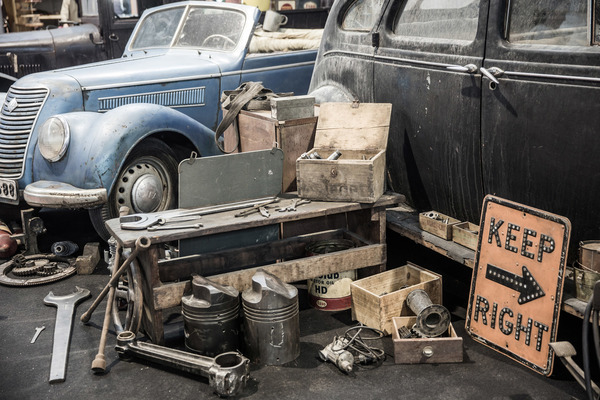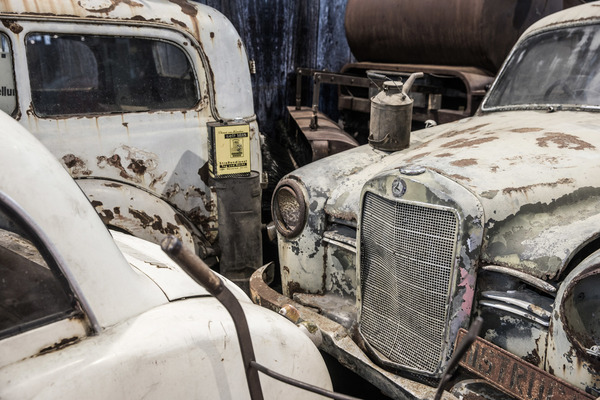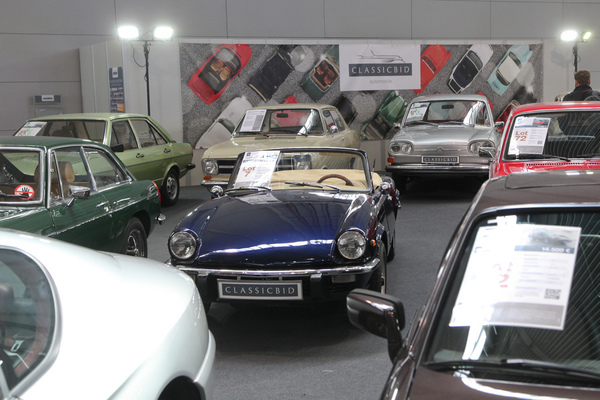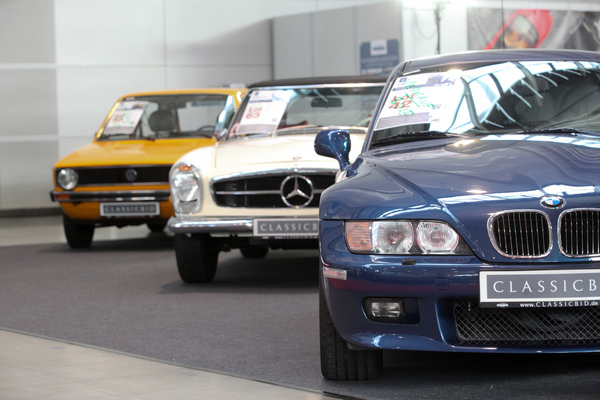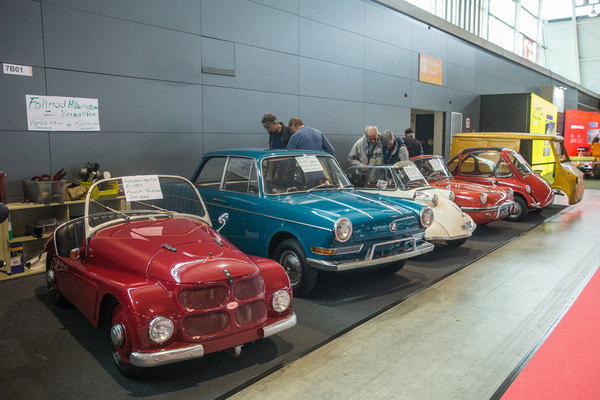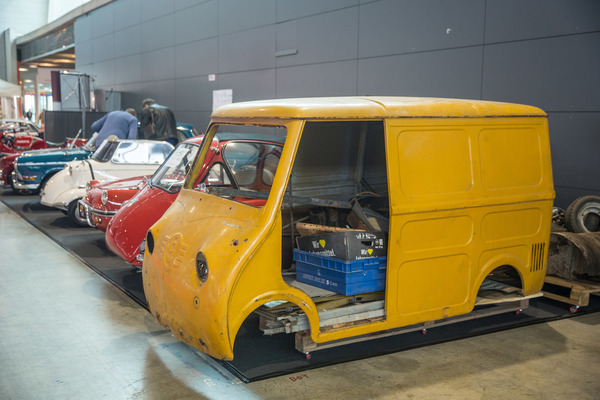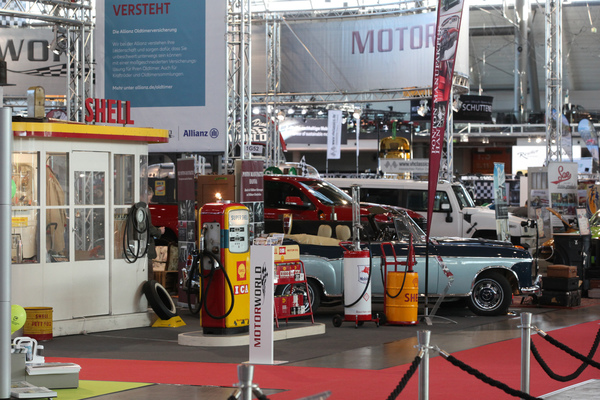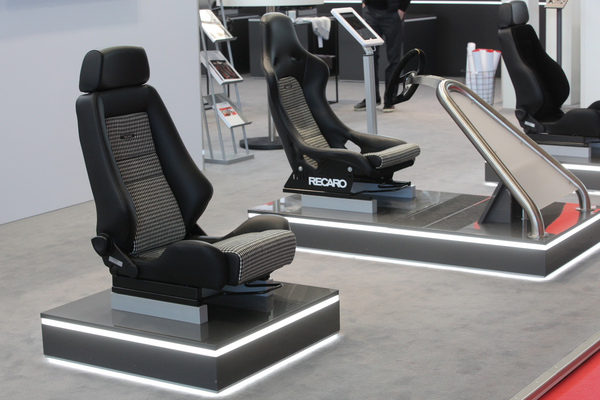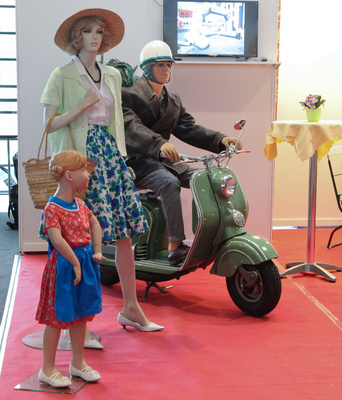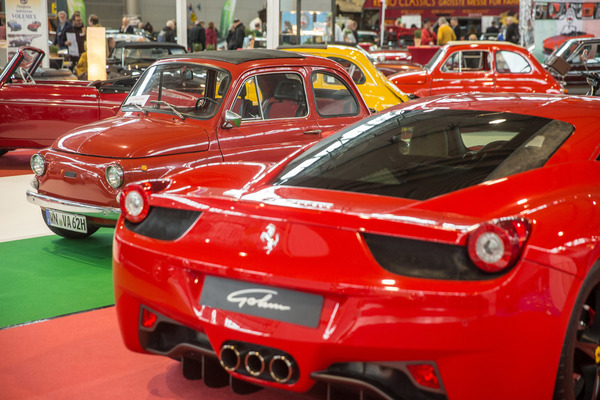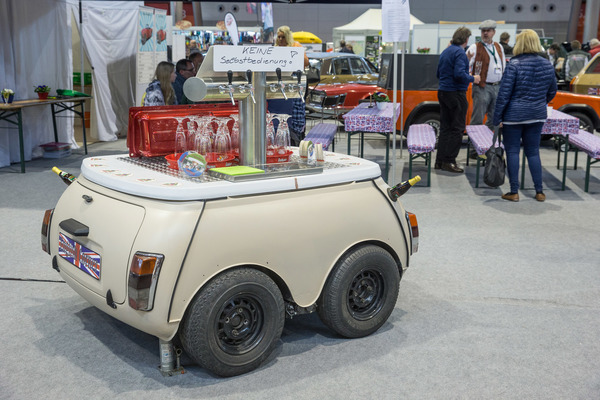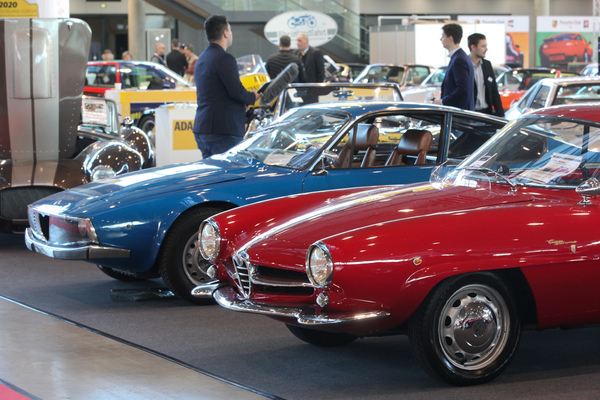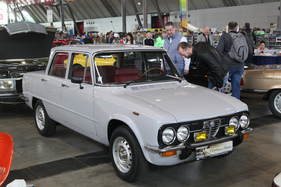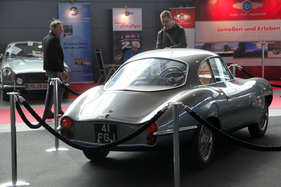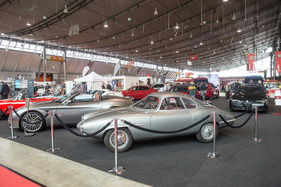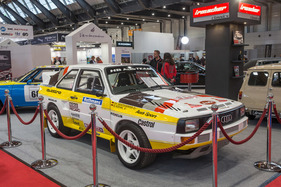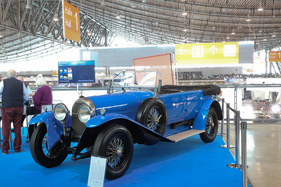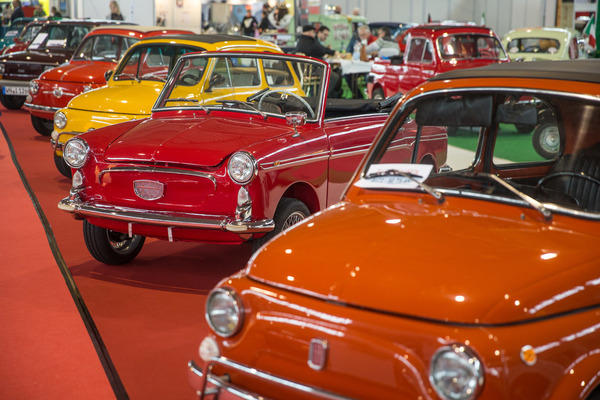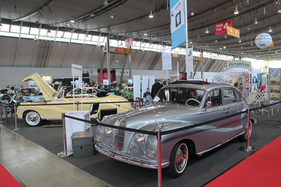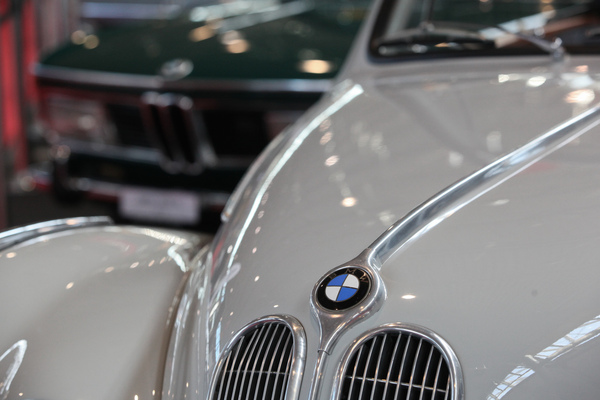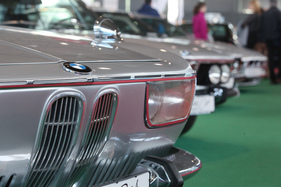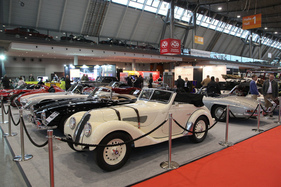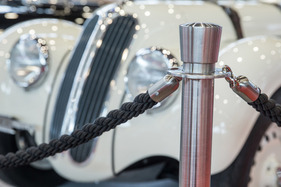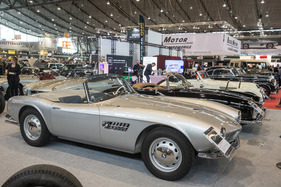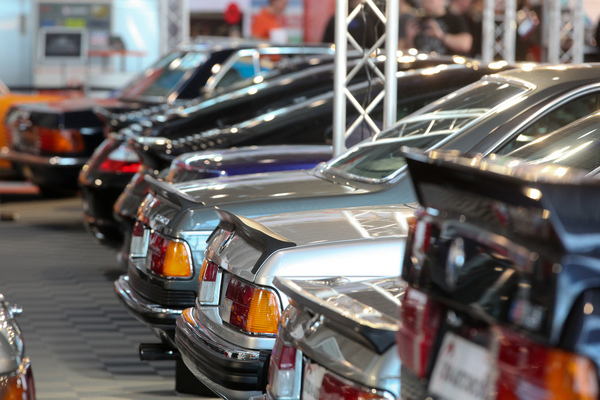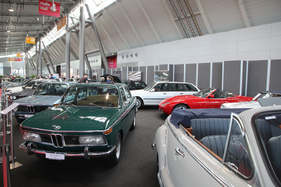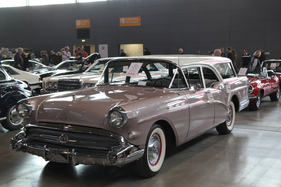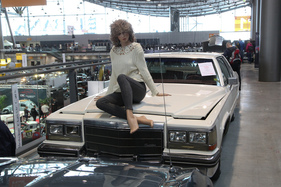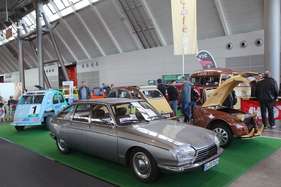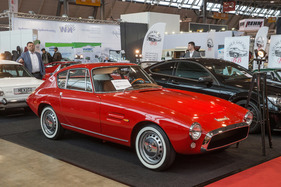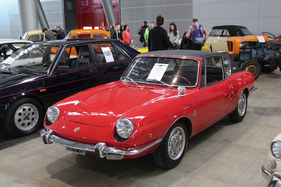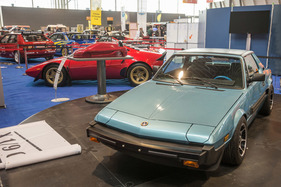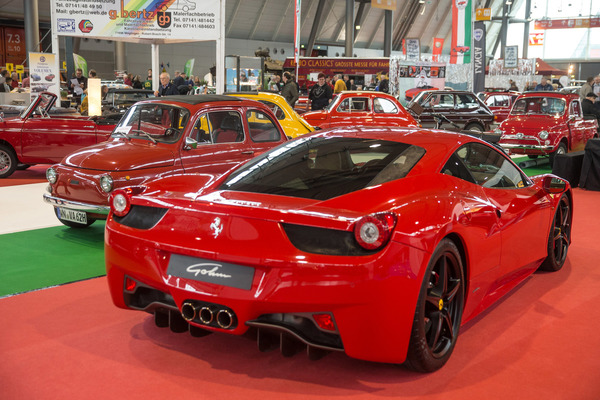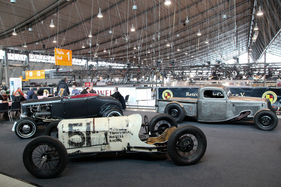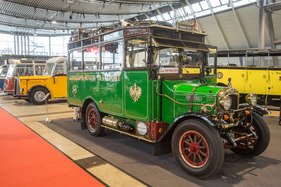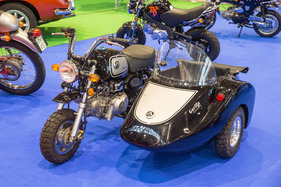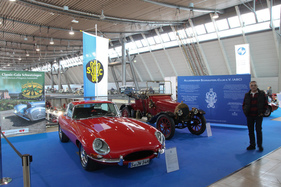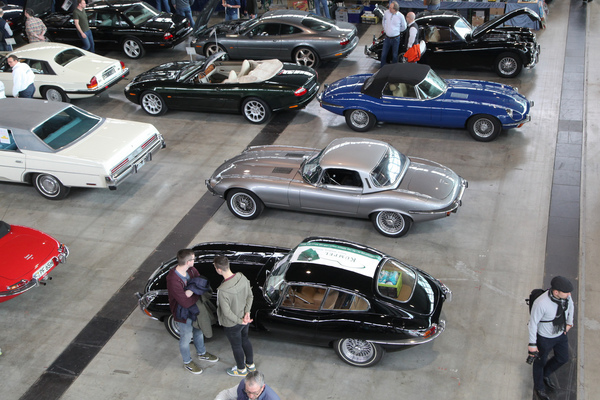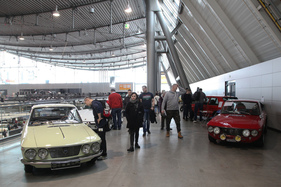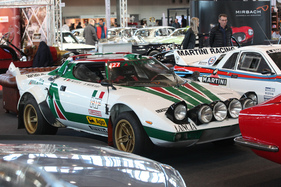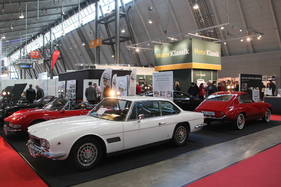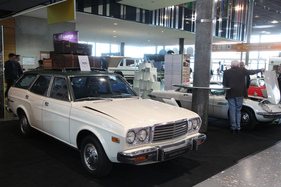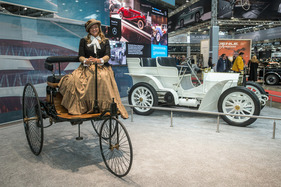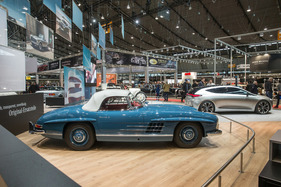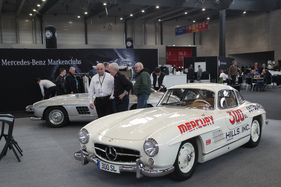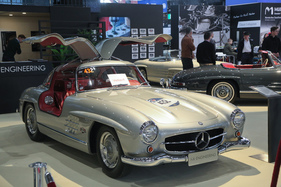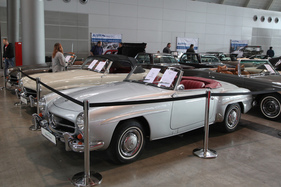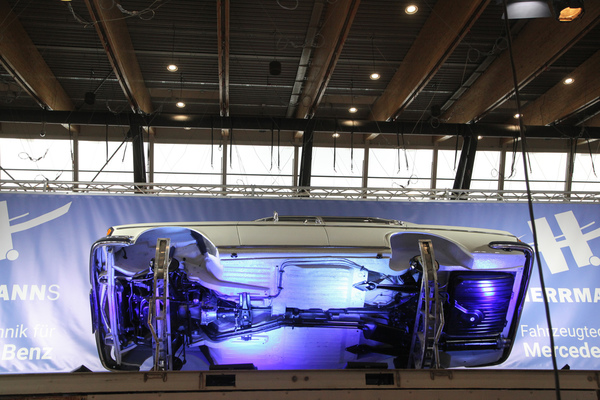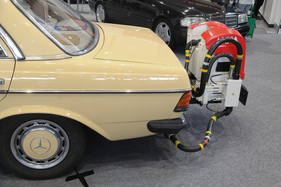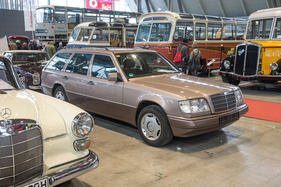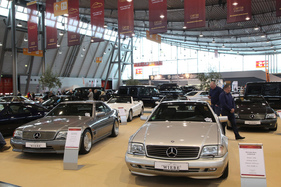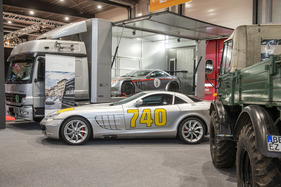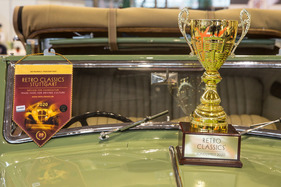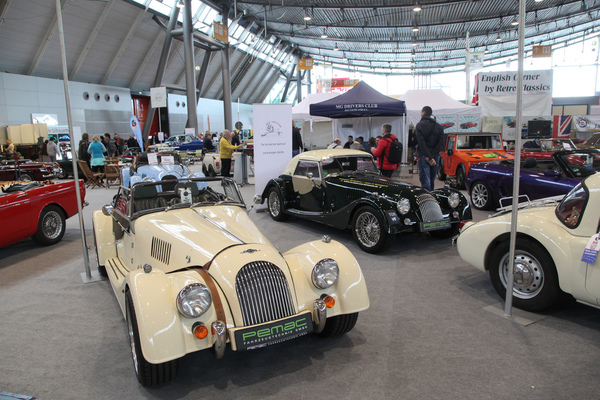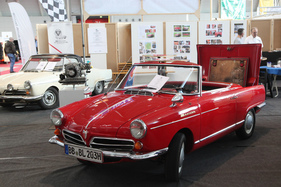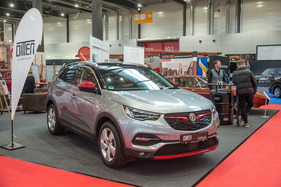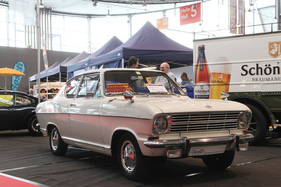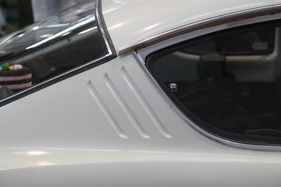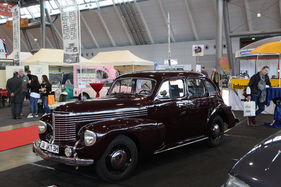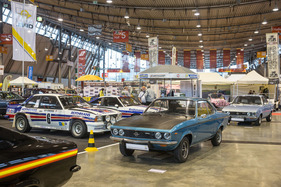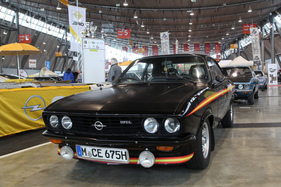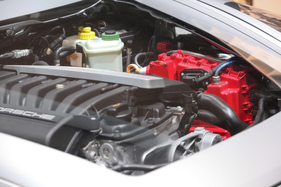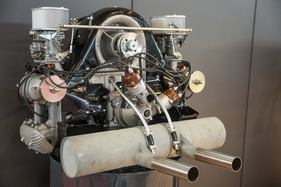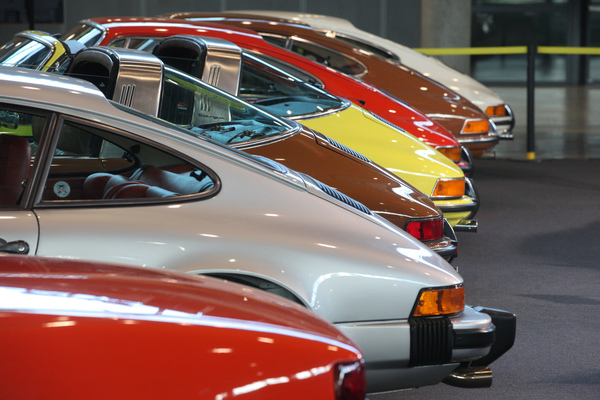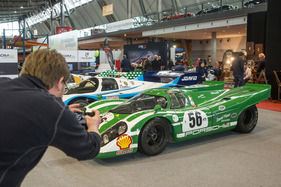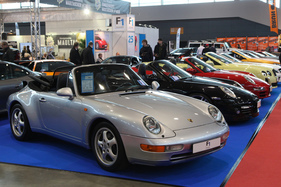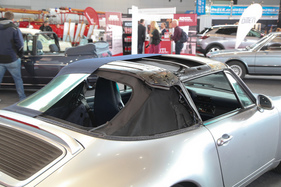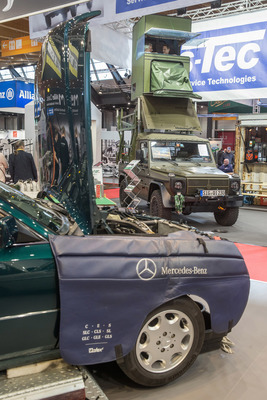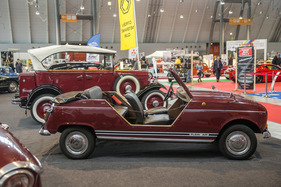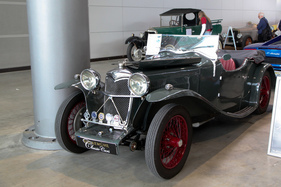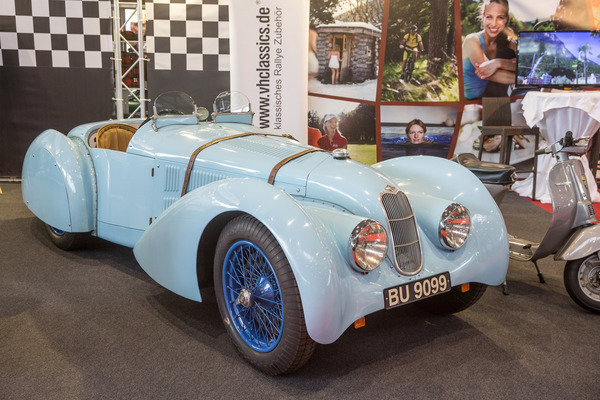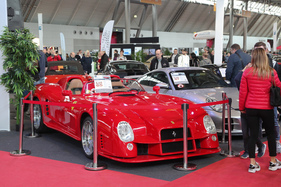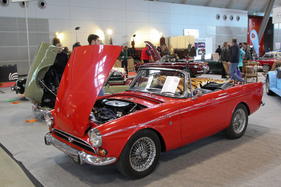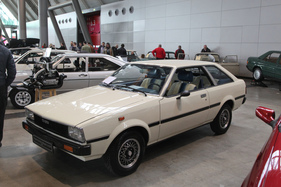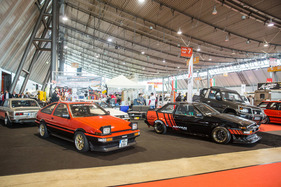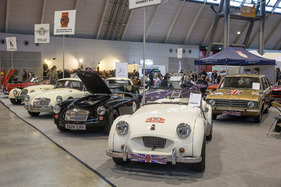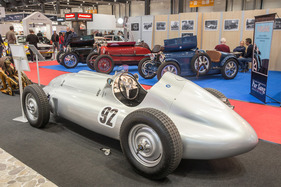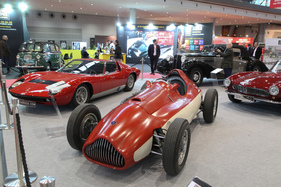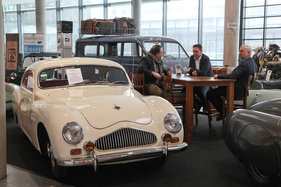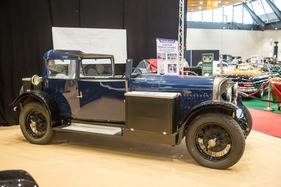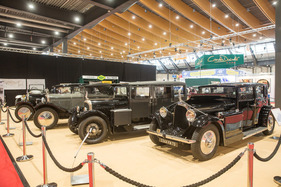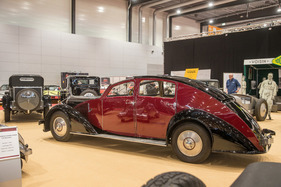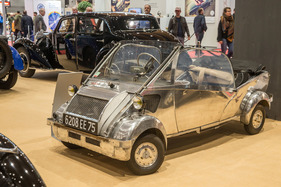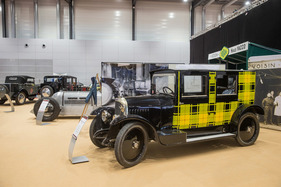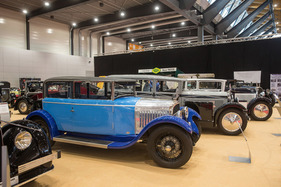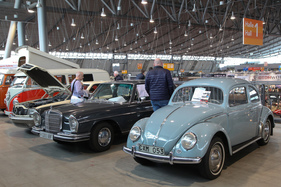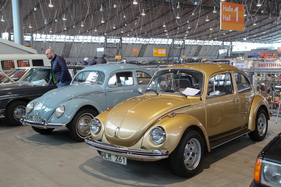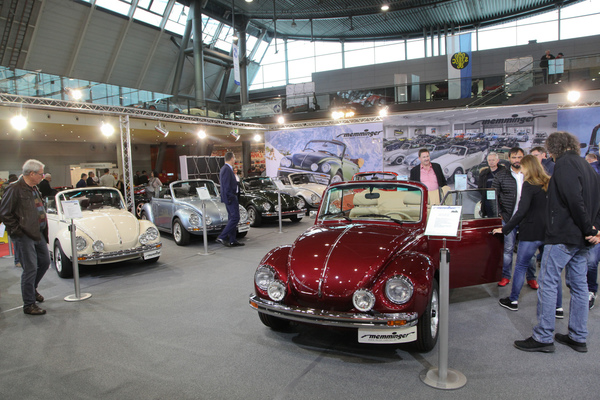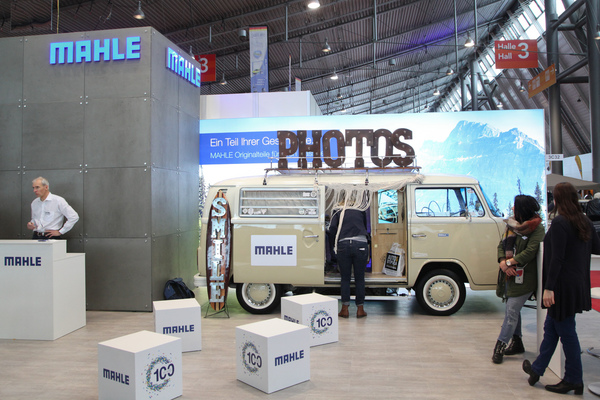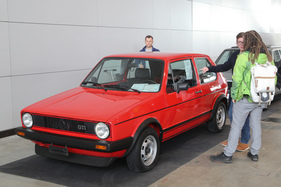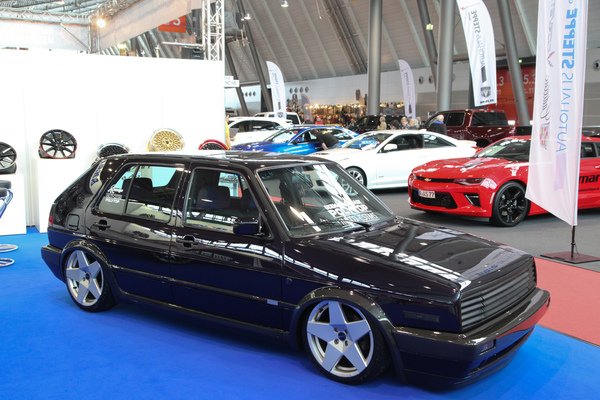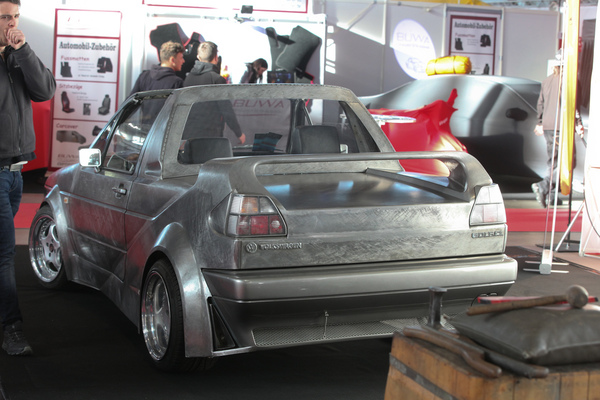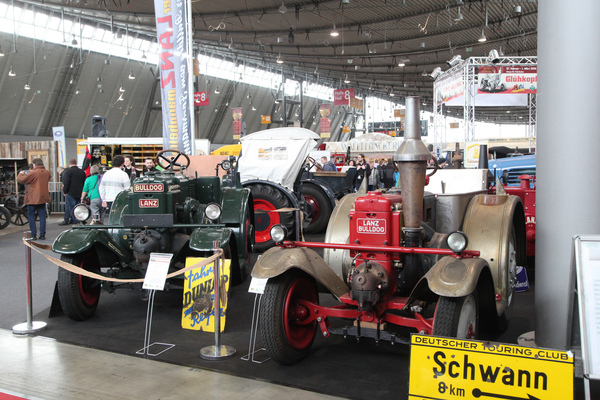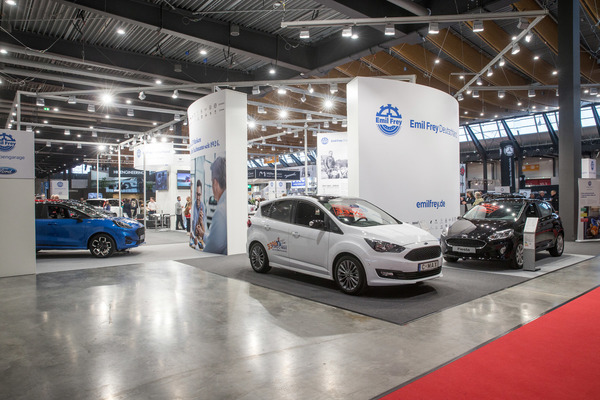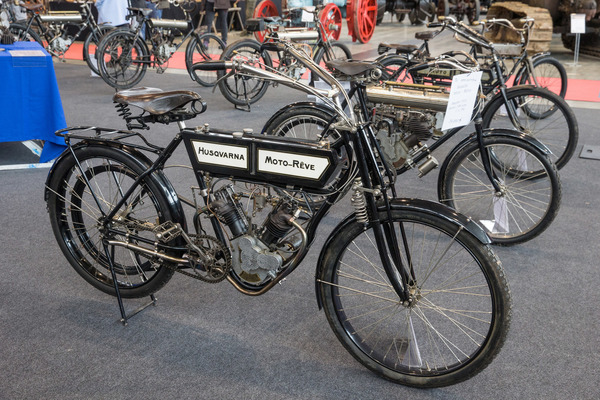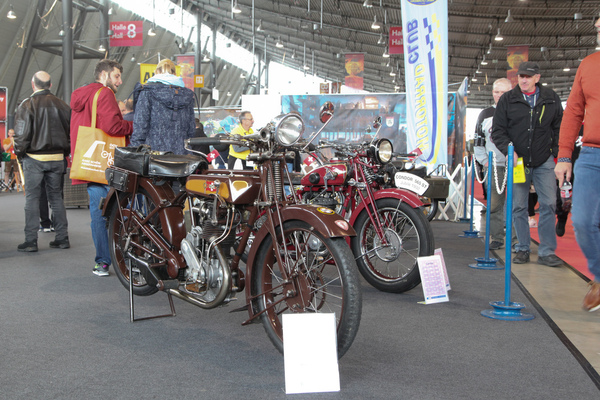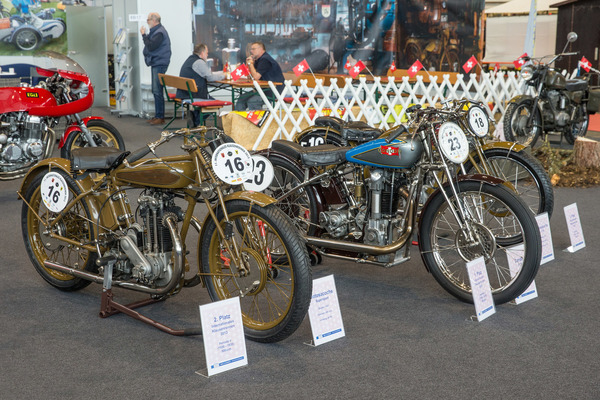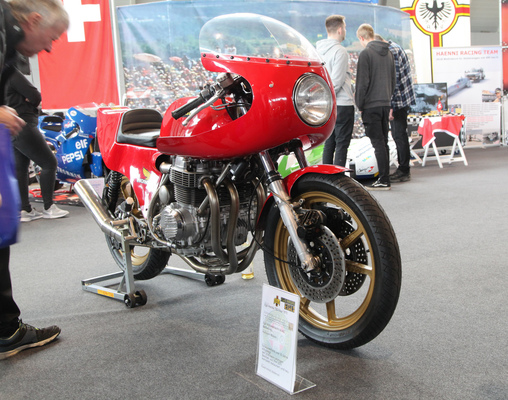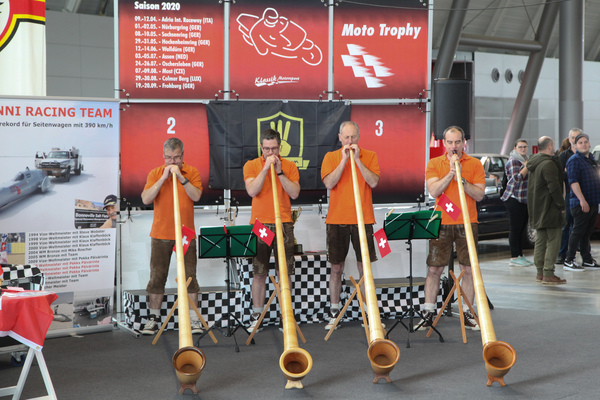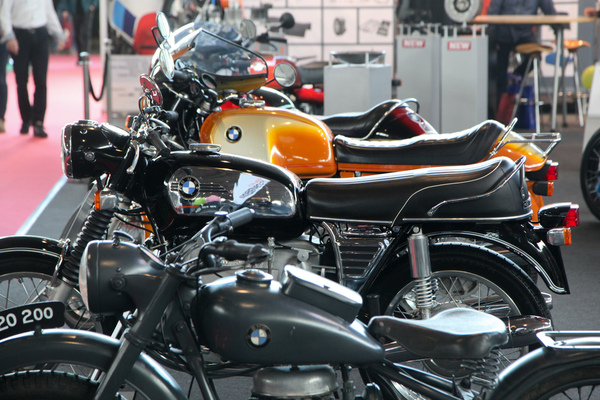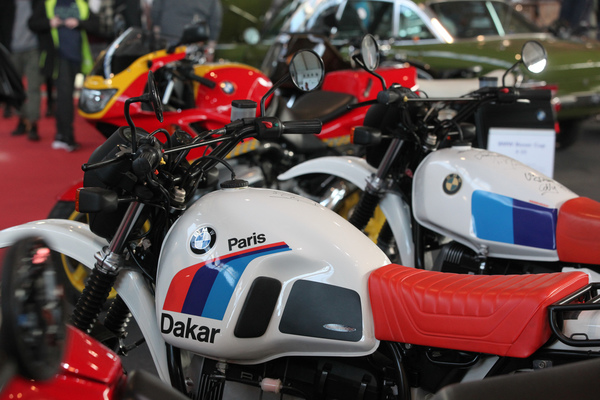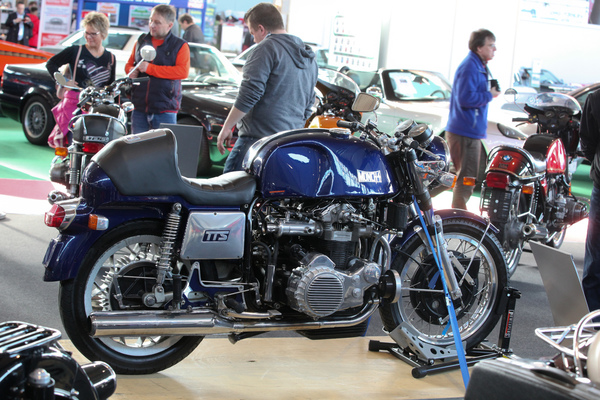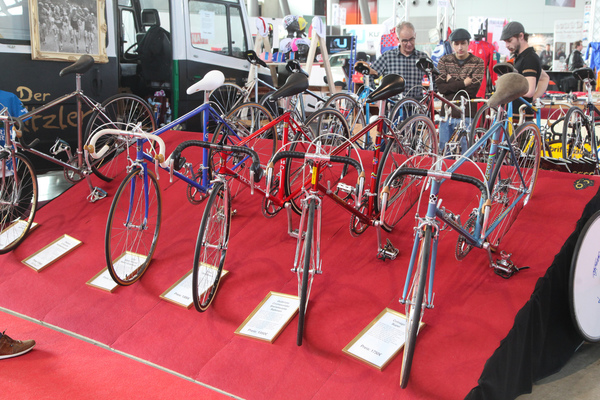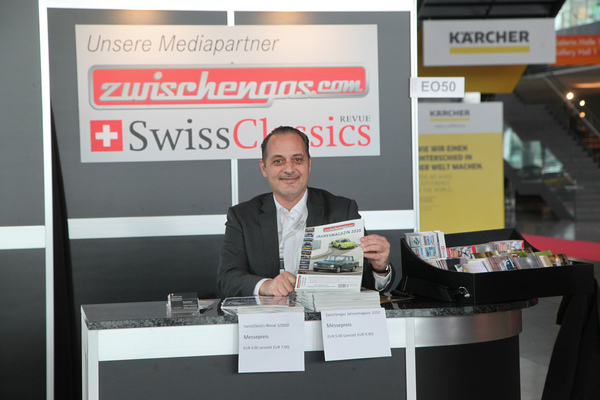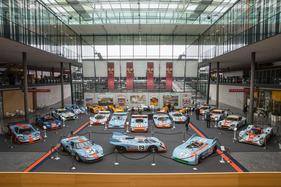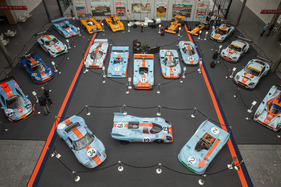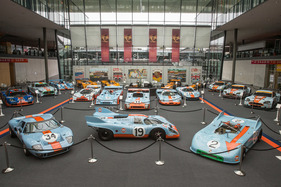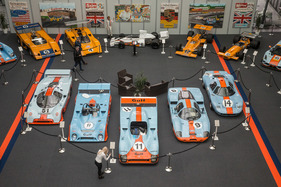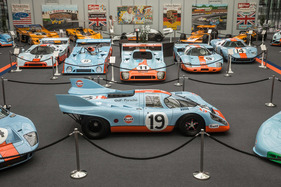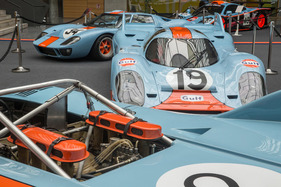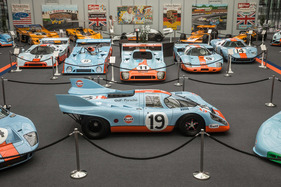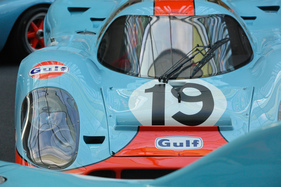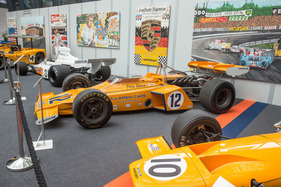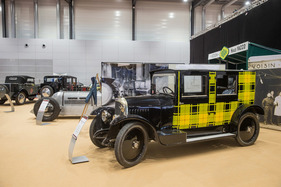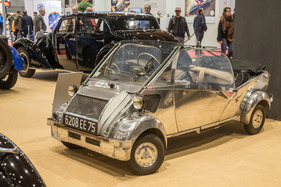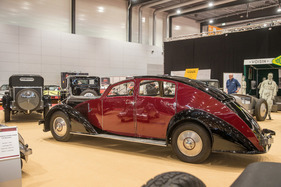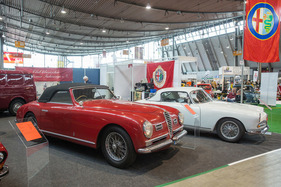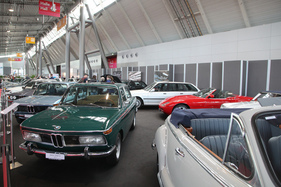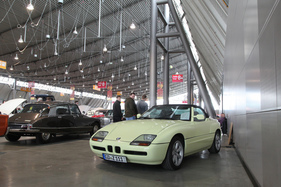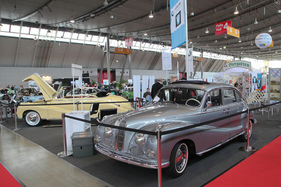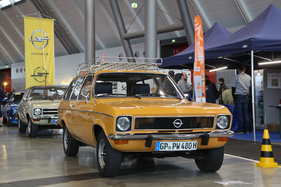The omens were certainly not good! Declining demand, falling prices for classic cars, the return of winter and then the coronavirus hysteria in the media caused some participants to frown worriedly before the start of Retro Classics in Stuttgart. But when the doors opened on February 27, 2020, the skepticism gave way to relaxed enthusiasm.
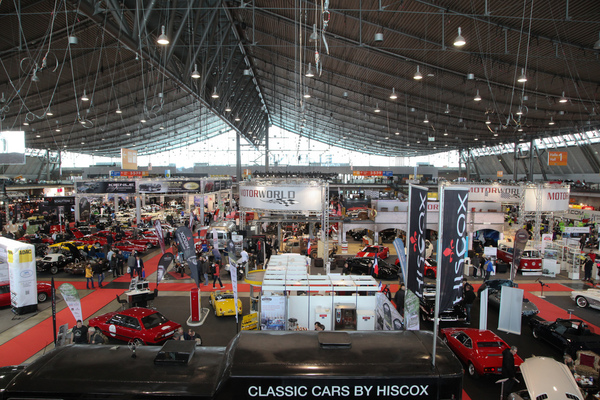
The fact that, in the end, around a third fewer visitors came to the classic car fair, which ran from February 27 to March 1, 2020, than in the previous year had less of a negative impact than one might have expected. Many exhibitors were even happy that they were not constantly overrun and reported good discussions. Of course, an exhibitor was missing here and there, especially the Italian suppliers had been thinned out considerably, but the Herrmanns organized their fair well so that there were hardly any empty spaces to be seen. The commercial and private car sellers, who were provided with more and better space, benefited.

And the estimated 60,000 to 65,000 visitors had nothing to complain about anyway, because the special shows and attractions on offer at the 20th Retro Classics were certainly exceptional and a feast for the eyes.
The special show of superlatives
Anyone with a passing interest in motor racing will be familiar with the Gulf oil brand, which gave many a racing car its light blue and orange livery in the 1960s and 1970s. Cars with Gulf livery were at the forefront of endurance prototype racing in particular for many years. It is therefore not surprising that someone came up with the idea of collecting these cars. That man's name was Roald Goethe, a German who has lived in the UK for many years.

Looking at the collection of around 40 vehicles today, it is hard to imagine that it only took around ten years to build up this unique collection of special racing cars. It goes without saying that this also required a significant amount of money and a lot of enthusiasm, but also a good network and a great deal of specialist knowledge. And this brought Goethe together with Duncan Hamilton.

Some of the most valuable and legendary cars in the collection bear the Porsche logo, so it was no coincidence that Stuttgart was virtually predestined for a presentation of the ROFGO Collection. At least that's how Goethe put it at the press conference, where he explained that he had probably approached the matter a little naively at first: "I created a monster," he said, alluding to the dimensions that the collection had taken on in just a few years. But it was a likeable monster, he quickly added.
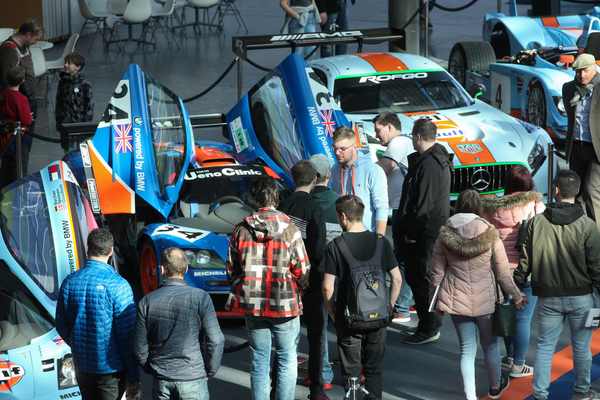
And so they stood in the atrium at the east entrance, 21 racing cars downstairs and another five at the entrance. The Porsche 917 K from 1970, which did not win at Le Mans but finished second with Herbert Müller and Richard Attwood just two laps behind Van Lennep/Marko, was given the best place. Chassis 026 was also driven by Jo Siffert and Derek Bell and finished fifth at Sebring.
Right next to the Porsche 917 K was a Ford GT40, hardly less iconic than the Porsche. Chassis 1084 did not win at Le Mans either, but achieved good finishes at Spa and Watkins Glen.
To the right of the Porsche 917 K was another racing car closely associated with the Gulf livery, the Porsche 908/3. Built for shorter and fast endurance races, the 908/3 was a constant candidate for victory on the Nürburgring or at the Targa Florio. Chassis 12 was only driven once in Gulf colors, Jo Siffert and Derek Bell could have finished at least second at the 1000 km on the Nürburgring, but a crack in the tubular frame prevented a good position.

Of course, Goethe and Hamilton managed to buy Le Mans winners, such as the 1975 Mirage G8, and other successful endurance racing cars also complemented the Atrium line-up, such as a series of Mirage race cars.
At the back in Stuttgart, however, there was a purely orange-colored row, interrupted by a white formula car. These were vehicles of the McLaren brand, which originally did not want to do without its own brand color, but later switched to white (Yardley) with the increasingly powerful sponsors.
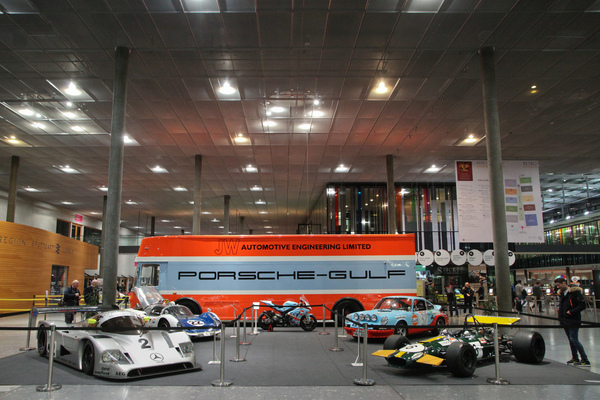
The truck that transported the Porsche 917s to the Sarthe in 1971 was still parked in the entrance area. They were joined by a Porsche 911 Carrera RS 2.7, a Brabham BT26, a Sauber-Mercedes C11, which could not quite be associated with Gulf, and a Howmet TX, which was a particularly interesting racing car because it was powered by a gas turbine. And in the sixties it was able to prevail against conventionally powered competitors several times.
27 of the 40 vehicles in the ROFGO Collection were on display in Stuttgart, while an Audi R8 and the Tyrrell 007, which was used by privateer Alessandro Pesenti-Rossi in its second season when the works team had long been racing with the P34 and six wheels, had to stay at home.
A pre-war special show as a counterpoint
At the other end of Messe Stuttgart, namely in Hall 10 at the West Entrance, was the other major special show, which was no less spectacular, even if it had to be judged by completely different standards. Avions Voisin built around thirty different car models in the 1920s and 1930s and produced around 10,000 of them.
The cars were characterized by their low weight, good aerodynamics, smooth running, practical use and good ergonomics, characteristics that had also been learned to appreciate in aircraft construction. André Lefèbvre, who later co-designed such legendary models as the Traction Avant, the 2CV and the DS at Citroën, was jointly responsible for this.
The Second World War marked the end of luxury car production, but after the war Gabriel Voisin designed the Biscuter subcompact, which was produced in large numbers in Spain.
Around 260 Voisin automobiles are said to have survived the decades, 16 of which were on display in Stuttgart in an unfortunately somewhat small exhibition area, including the C1, C4, C26 and a Biscuter.
This was probably one of the largest Voisin exhibitions in recent years and the cars had to be brought to Stuttgart mainly from France, but also from Switzerland, for example.
Many other larger and smaller special exhibitions
However, the Gulf and Voisin special exhibitions were not the end of the story in Stuttgart. Many exhibitors organized further special exhibitions, which would certainly have been considered highlights at many other trade fairs.

In Hall 4, for example, there was a line-up of interesting BMW motorcycles to admire, while in Hall 8 the AMSC Leonberg took visitors on a journey through the Swiss motorcycle manufacturing landscape.
In Hall 7, beautiful Alfa Romeo models were presented and some dealer stands also looked like a special show, such as the BMW display by Eberhart Classic.
And let's not forget the specialties that were on display, for example in the form of glowing head legends on the tractors or with special commercial vehicles and buses.
An impressive marketplace
With around 140,000 square meters, Retro Classics is the largest of the major classic car fairs and the vehicle trade takes center stage. Accordingly, not only many premium dealers offered their high-priced cars, but also many commercial dealers and private individuals.
A total of 1800 cars were offered for sale in Stuttgart, an impressive number.

Experience has shown that Porsche and Mercedes-Benz had the largest shares and you could almost choose the color and equipment of some models, but those who strolled through the marketplace, which was spread over several halls, could also find rarities and specialties, such as several Veritas, a Porsche 917, a Mercedes-Benz hearse or rare Bugattis.
The trend towards youngtimers and younger classic cars continued in Stuttgart in 2020, but as we all know, even an R129 is now a classic car, meaning it is over 30 years old.
The same applies to almost the entire Porsche four/eight-cylinder range from the seventies and eighties, and even a BMW M3 or Z1 can get an H license plate. A similar situation will soon apply to the Audi RS2, for example, which is one of the few estate cars to attract the greatest interest from collectors.
Seamless transition to a new car?
Andreas and Karl-Ulrich Herrmann have been campaigning for NeoClassics, the classic cars of the future, for years. There were also many cars to see and buy under this "label" at the Stuttgart trade fair.
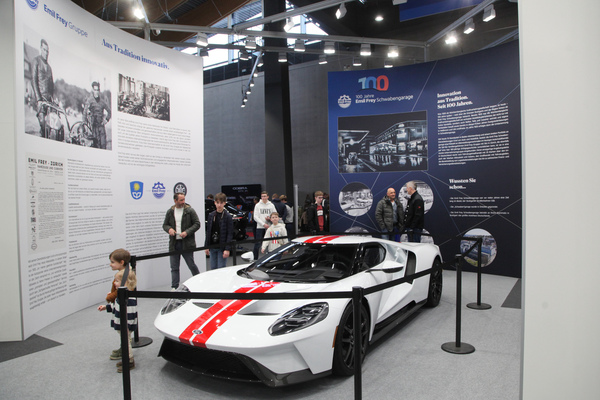
And while a modern Ford GT can still be classified in this category to some extent, some classic car fans have a question mark on their forehead when they walk past a Peugeot 208 or a modern Ford Fiesta. Emil Frey Schwabengarage, which was celebrating its 100th anniversary with a large stand, had perhaps put its faith in the wrong cars, because instead of the new cars, many visitors would certainly have been more interested in the earlier models, which the hundred years of history would certainly have provided.
Not just the vehicle trade
However, it would be wrong to reduce Retro Classics to a pure vehicle trade fair. In fact, many service providers, from ADAC to Württembergische, also presented their offers and products. At Classic Data, visitors were able to find out about vehicle valuations and register the car they might have purchased at TÜV.

Restorers demonstrated their craftsmanship and representatives of the Schweinfurt Vehicle Academy showed the public what it means to repair a classic car.
In addition to the services, parts (Hall 9), literature and a wide range of accessories were of course also on offer in Stuttgart.
Clubs with interesting specialties
Once again, the clubs played an essential role, as they filled the gap left by manufacturers such as Porsche and Mercedes-Benz, both of which were represented with an official manufacturers' stand.
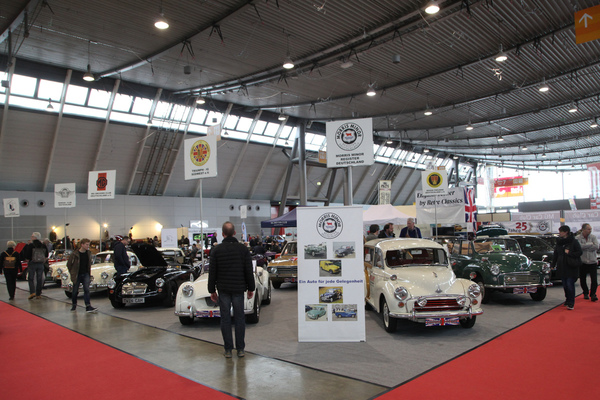
The "British Corner" in particular reminded visitors once again of the golden fifties and sixties, when the British were the kings of the European car industry.
However, the clubs also held up the flag for vehicle brands and model series from Germany that have long since passed. The BMW V8 Club, for example, exhibited several models with the famous V8 engine.

Small cars were also represented several times and those interested in the Capri from Ford also found plenty of illustrative material.

Brands such as NSU and Glas were also brought back to life, mainly thanks to the clubs, and the united Opel clubs displayed some of the most important volume models from Rüsselsheim.
Yes, we could go on and on, but a look at the picture gallery with over 300 photos says more than a thousand (more) words.









